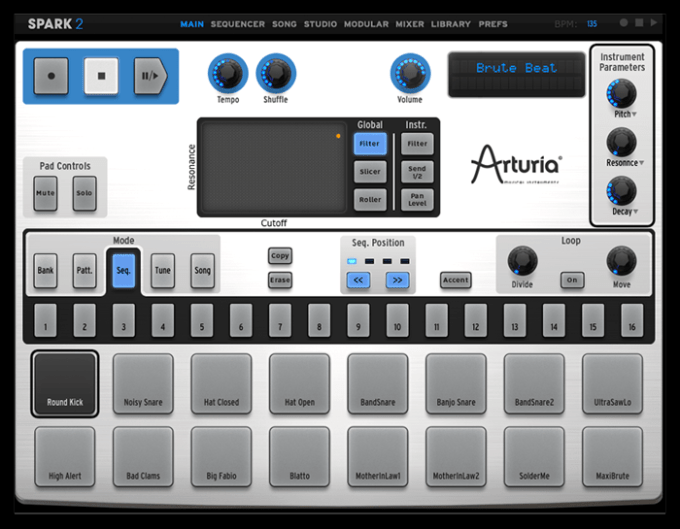
Now Pigments 3 didn’t do that – instead it adds a harmonic oscillator type. It’s like there is an evolutionary chain from virtual analogue, to samples, to granular and finally to additive that every tool goes through, and I couldn’t see why you wouldn’t jump straight to the end of that chain. But I’m spoiled by Padshop 2, which at the same time that Pigments added granular, moved on to additive resynthesis. The wavetable is sharp, the granules are soft, you should have the best of both worlds.

Granular and wavetable in combination offer some great results. There’s looping, with a modulated start point but only at note on – unlike the Arturia CVI. That’s not exactly Kontakt but allows some more unusual modes like playing back 6 different samples randomly. Although you can have multi-samples, they must split at six octaves, so for example – C1, C2, C3, C4, C5, C6. TwoĪrturia then released Pigments 2 with sample playback, both straight and granular.

So in all Pigments did not tell its own story. When it came to wavetables the story was Serum, and Pigments did not tell that story more effectively than Serum. In retrospect I think because these elements are each parts of an original story – a SEM filter is not enough in isolation to be the SEM journey. It offered the SEM and the MOOG and JUPITER and many more all in a melting pot – a reasonable claim but at the time I never quite felt it. It seemed to me that Pigments 1 was a gestalt that Arturia had formed from legendary emulations. This sequel is called Pigments 3 and I have been taken by surprise! (The following has been re-edited for a coherent history – a new feature of MC3!). Cannot be killed! Shove a metal spike through it, just keeps on walking. It’s like Freddy Krueger or Jason Voorhees. 12753 votes audiosex feed 03:39Ample Sound v3 Self-Activator woes 03:36Premium Link generator 03:35Do you guys make your own cables? 03:14Why isn't this compressor talked about more.


 0 kommentar(er)
0 kommentar(er)
